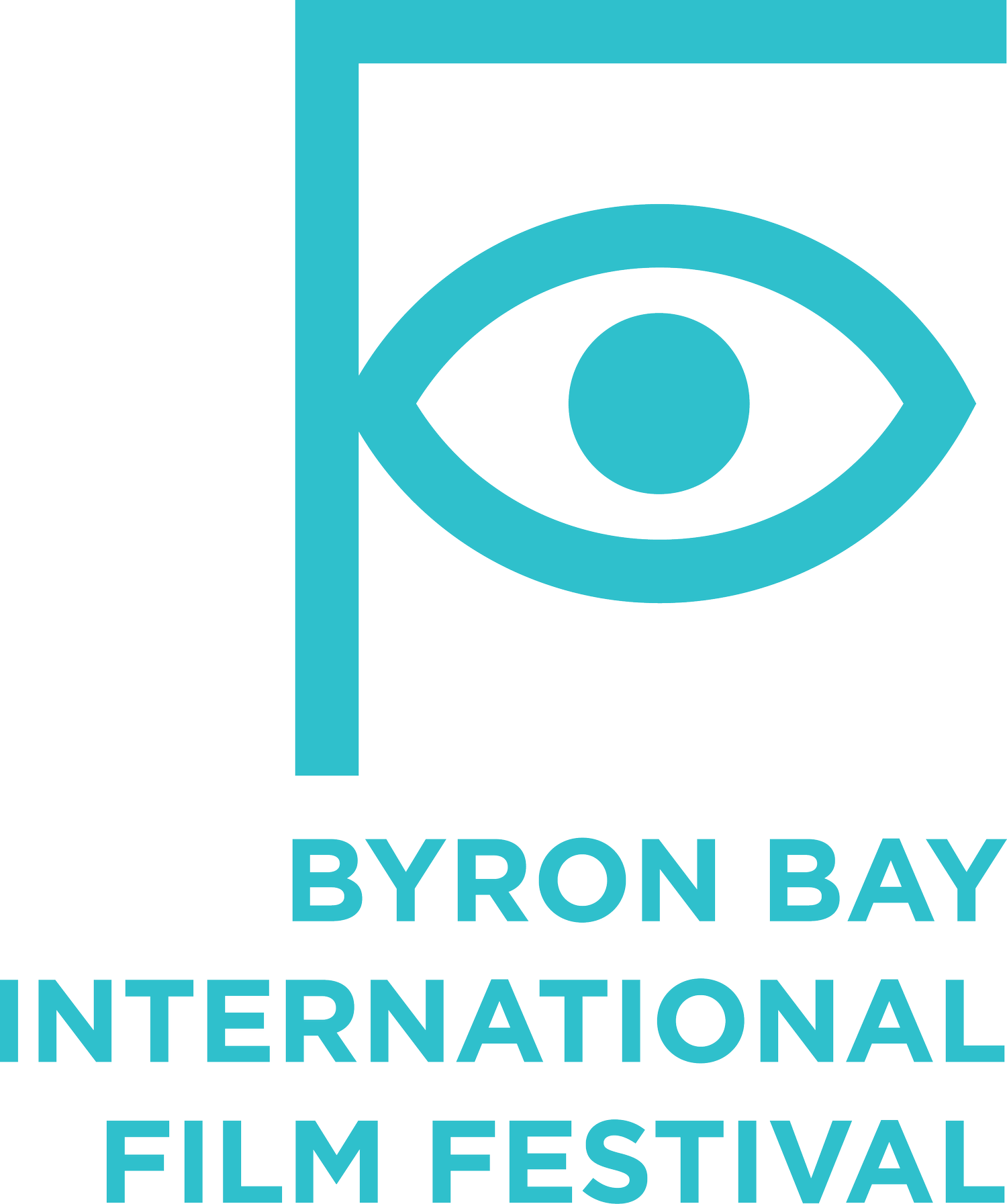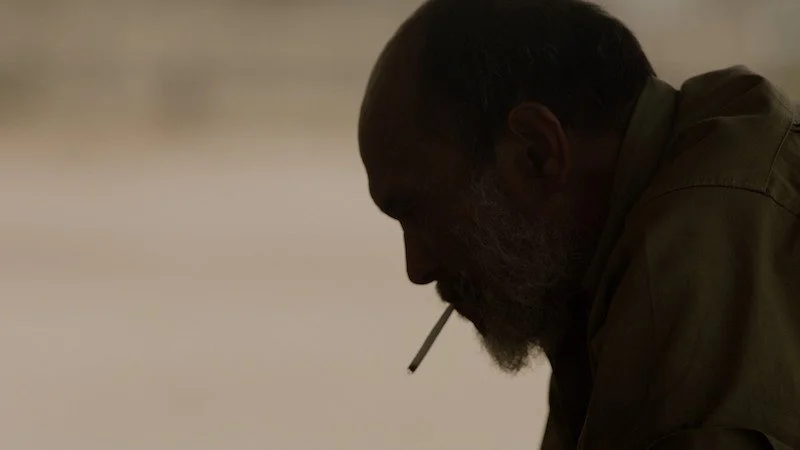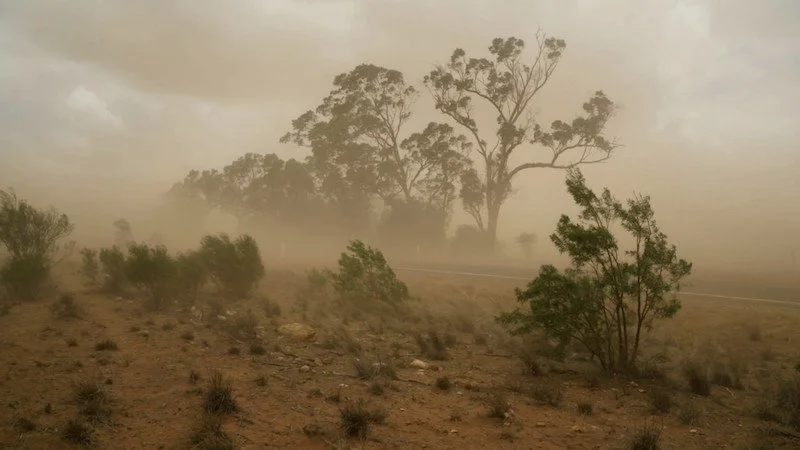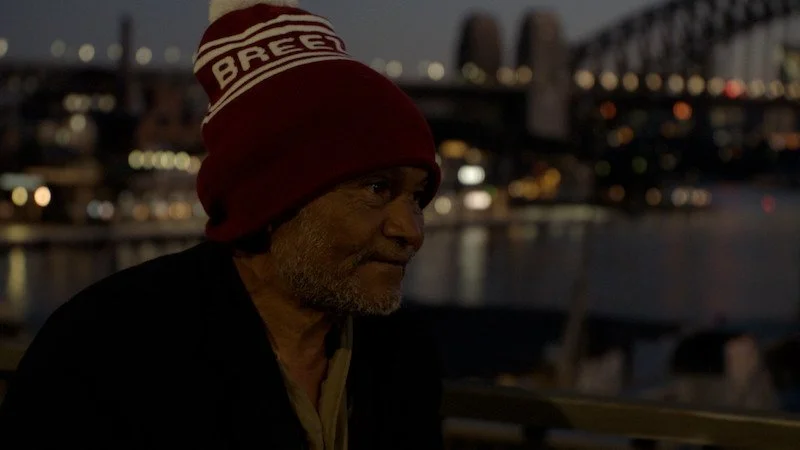BBFF2022 Meet the Filmmaker: Adam Finney
Where is My Darling?
Adam Finney takes us on a story that follows Lanz Priestley, a charismatic homeless man who owns nothing but a phone and a Facebook page. When Lanz discovers that taps have run dry in the drought-stricken outback, he raises the money to deliver drinking water himself.
We had a chat to Adam Finney about the making of ‘Where is my Darling?’ and his process from the initial story concept to making it a compelling story on screen.
Screening at Palace Cinemas Byron Bay
Monday 24 October at 6:30pm with See Mandy Run
Buy tickets
How did you come to discover the premise for this story, where was it developed from?
I discovered Lanz Priestley through Facebook. During the 2019 drought I was struck by some images he was posting on his social media. Desperate scenes of farmers and First Nations communities lining up to collect drinking water from the back of a truck. Lanz and I connected instantly, his generosity was immense, when he owned nothing but the bag on his back and slept rough on the streets of Sydney. Needless to say, I was compelled to follow him. I felt as though he had a lesson our wider society could benefit from and he summed it up one day when he said to me "When you see something and you think somebody should do something about it, remember you are somebody". This is the message I hope people leave the film with.
What has been your purpose as a filmmaker?
I made my first film when I was 14 when my parents bought me a digital handy cam. My mother is an herbalist and nutritionist and healing has been a formative experience of my upbringing. This imparted concept of the importance of healing has carried through into my work, as I hope my films can help untangle complex realities and serve to communicate untold stories - which heal apathy in the process and help us understand each other more.
As a filmmaker what is your favourite memory you had in the process of creating this film?
When I first met Lanz he asked me to travel 800km west of Sydney to Bourke to meet him. I had no idea what to expect but decided to bring cinematographers (James Ward Miller and Cameron Dunlop) on the trip. My crew and I arrived early in the morning and no one was there, except an old truck which I guessed might be Lanz’. After 10 minutes the back of the truck opened up and Ethan (in the film) was waking up with Lanz still sleeping on a pallet of water. Little did I know this absurd moment was to become my reality as we all got used to sleeping wherever Lanz would sleep.
Why do you think short films are an important medium to explore creativity through?
Short films are important because it can let us stress test concepts or ideas. With limited resources we are able to communicate an essence of our larger visions. I learnt many, many lessons making ‘Where Is My Darling?’. One lesson which I relearn with every film is to trust ourselves that the sliver of inspiration which drew us to an idea holds weight, and if we can hold onto that vision it will grow and evolve into something so much more.
Part of the filmmaking process is you will face challenges, how did you overcome these?
One of the biggest challenges producing/directing ‘Where Is My Darling?’ was the spontaneity of Lanz's life, he was suffering from stage four cancer and we'd often need to organise last minute hospital visits with him or travel thousands of kilometres in a moment’s notice when a community was in need. This made pre-production unpredictable and often involved re-writing countless scripts as the realities of the story progressed.
What is next for you in the future?
I've just finished producing a narrative film (Mudcrab) which is also just entering the festival circuit with its premieres at Melbourne International Film Festival and Raindance Film Festival in the UK. At the moment I'm focusing on resting and waiting for my next story. It takes the right set of ingredients and the right headspace to make a film and I'm working my way back to that space.
What is your biggest creative influence on your filmmaking style?
My biggest creative influence at the moment is the people who are living on societies fringes and "doing the work", overcoming the barriers life throws at them to see a better world. From first nations communities who are working for their people, through to brave journalists who are unearthing truths at the expense of themselves. As a film maker I find their passion inspiring and strive to use my skills to help raise their voices.
What is a piece of advice you can give to all aspiring filmmakers?
There is always a way.
BBFF is extremely valuable to Australia. Byron Bay's name has an international appeal and Byron is renowned for its creative and vibrant culture. Growing up in South East Queensland I've seen BBIFF grow over the years and feel proud to see such a high standard film festival so close to home. I feel as though the festival is also doing a fantastic job at recognising emerging talent and fostering it, giving opportunities beyond the large cities such as Sydney and Melbourne.





